Buying one or more rental homes can give you additional income now and a plan for financial freedom, but simply owning a property isn't enough by itself.
To be sure of maximising your yield and protecting the value of your portfolio, the financial management of your rental homes is an essential part of being a successful landlord.
There are many ways to use buy-to-let funding to optimise the performance of your properties, so if you're thinking of buying a rental home in Launceston, or you'd like to get the most from your existing lettings portfolio, you've come to the right place.
We've pulled together all the details to help you begin, improve and expand your buy-to-let business for a sustainable and profitable future.
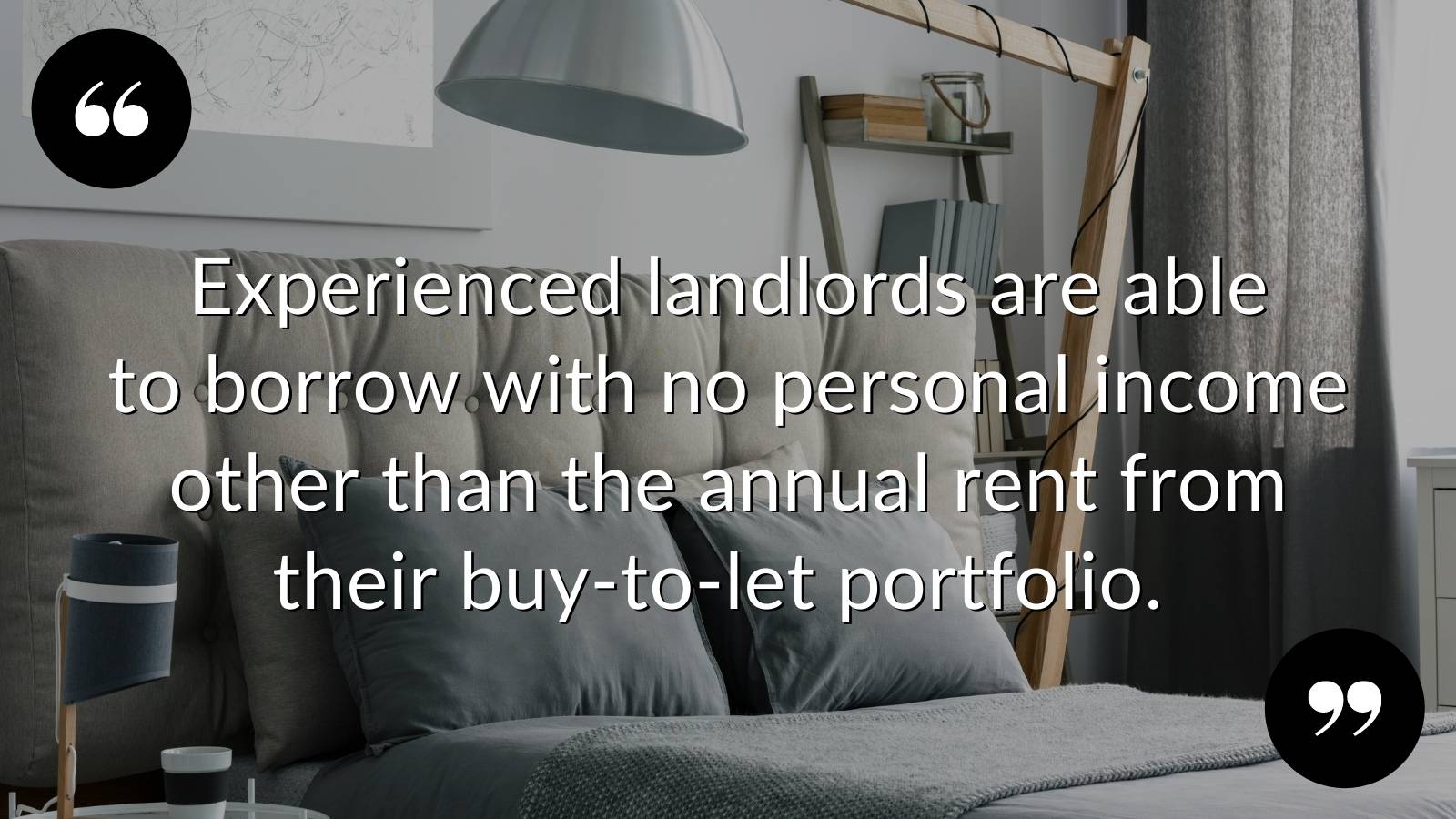 BUY-TO-LET LENDING AT A GLANCE
BUY-TO-LET LENDING AT A GLANCE
Buy-to-let mortgages are slightly different to standard residential loans. As well as checking your credit rating to consider lending to you in the first place, banks also take into account the expected rental income of a property alongside its sales valuation.
Generally speaking, the monthly rental income needs to be at least 125% of the monthly mortgage repayments. For example, if you're looking to buy a property where the monthly mortgage repayment is £1000, the rental income needs to be a minimum of £1250.
Lenders usually work to a maximum loan-to-value of 75% of the purchase price, and most buy-to-let mortgages are loaned on an interest-only basis. It's a combination that helps to keep your monthly outgoings low while increasing the gap between the mortgage repayment and rental income. This protects your cash flow and reduces the risk to the lender of you being unable to meet the monthly payments.
Unlike typical residential mortgages, your personal income is not as important as the rental income from the property. In fact, experienced landlords can often borrow with no income other than the rent they receive.
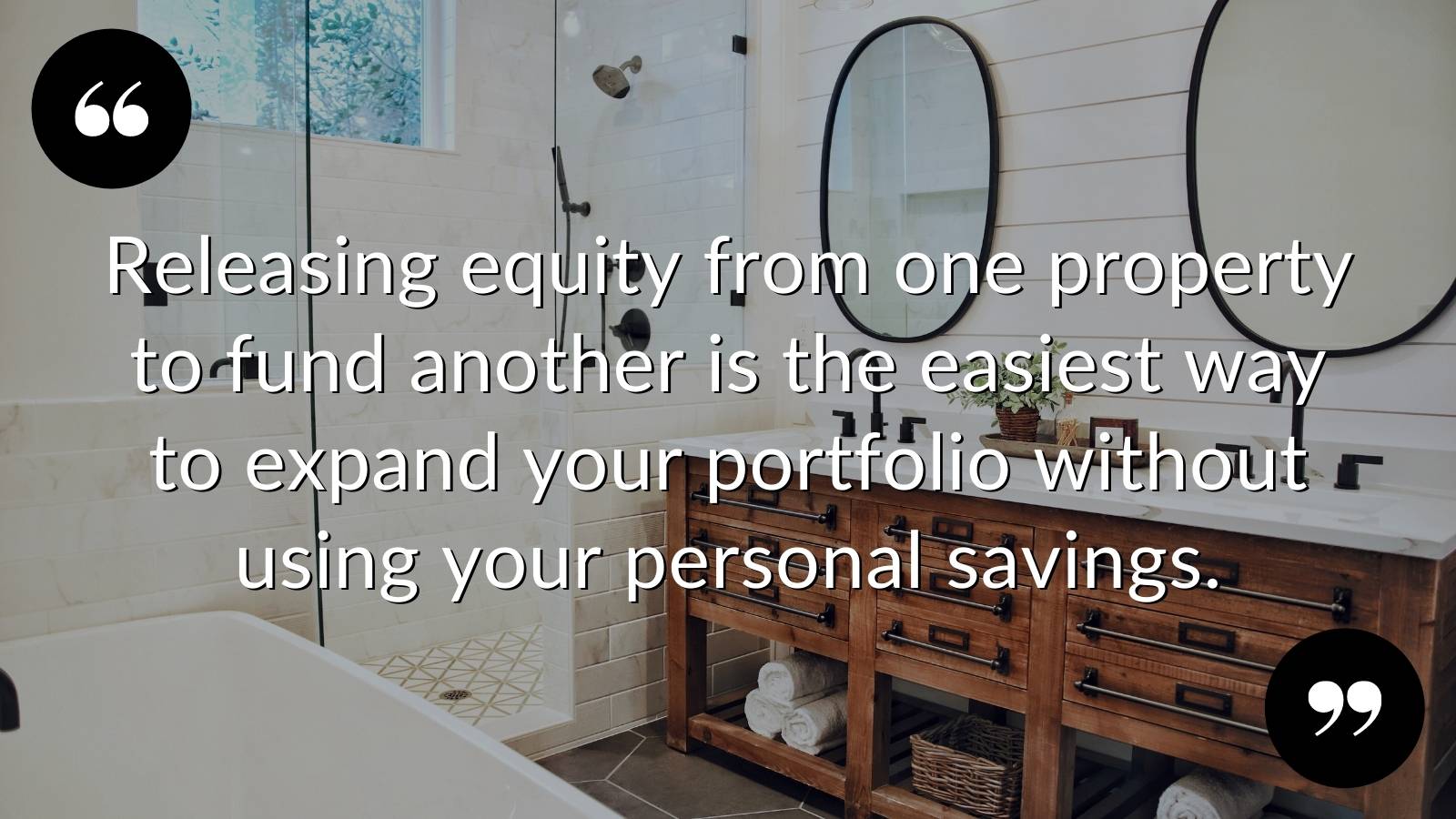
EXPANDING YOUR PORTFOLIO
Releasing equity from one property to fund another is one of the easiest ways to expand your portfolio without eating into your personal savings.
As soon as you have enough equity in one property to cover a 25% deposit on another without taking the borrowing on the first above 75% of its value, you'll be able to add another property to your portfolio funded entirely by a lender.
Mortgages are generally the cheapest funding you'll find, and many professional landlords advocate leveraging as much of the equity in their buy-to-lets as they can to keep expanding. They think long term and don't care about price fluctuations – merely about the most efficient way to finance and grow their portfolio.
Once you acquire more than three buy-to-let properties, you'll start to meet the criteria for being a portfolio landlord, which can open up portfolio funding on even more attractive terms.
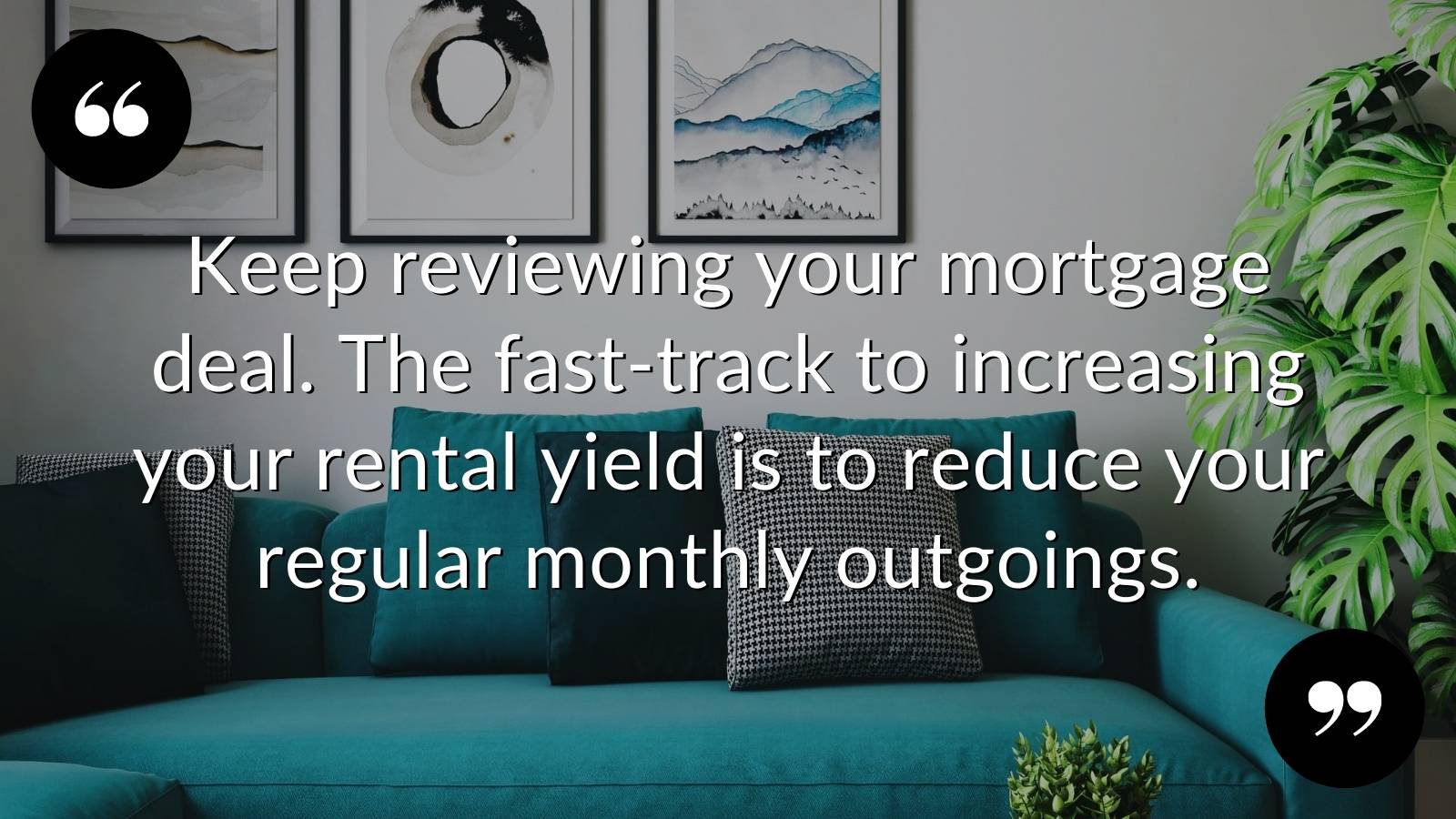 INCREASING YOUR YIELD
INCREASING YOUR YIELD
Keep reviewing your mortgage. The fast-track to increasing the yield of any buy-to-let property is to reduce your monthly outgoings. If you're already on a variable rate, you'll almost certainly make instant savings by remortgaging at a fixed rate.
Most landlords fix their rates for between two and five years, which gives them certainty over their outgoings without being tied in for too long.
For existing fixed rates coming to an end in the next six months or so, it's well worth reviewing current mortgage offers for better terms. By applying now, you can line up your new rate to take over the day after your current deal runs out to avoid any early repayment charges.
Even if your current mortgage deal isn't due to expire for a while, you may even find any early repayment charges are more than compensated for by switching to another lender or loan if the rate is significantly lower.
Depending on the eco-friendliness of your peppery, you may qualify for a green mortgage. These are gradually becoming more widely available and reward eco-friendly landlords with lower interest rates.
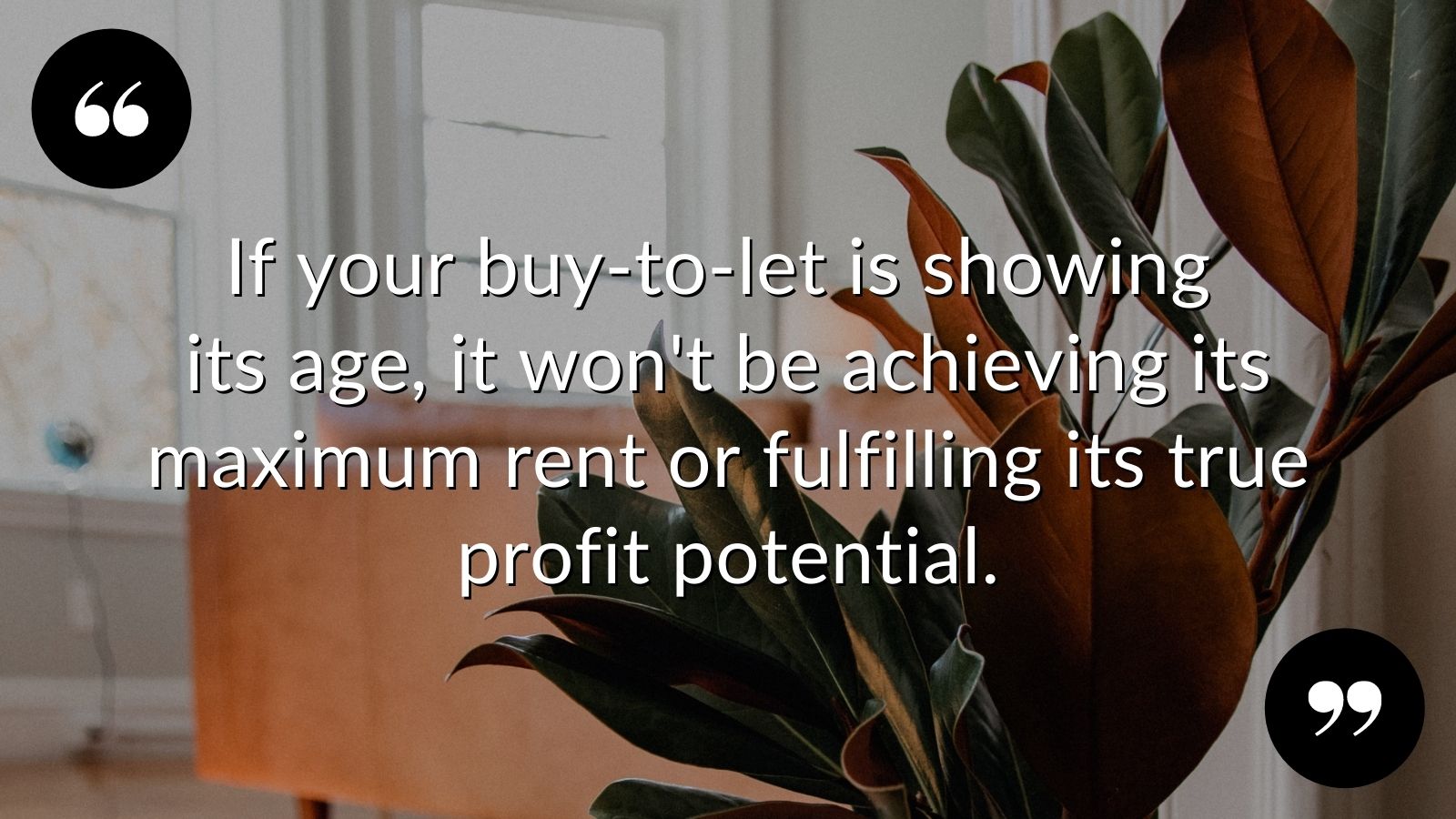 IMPROVING YOUR PROPERTIES
IMPROVING YOUR PROPERTIES
If your buy-to-let is showing its age, it won't achieve its maximum rent or reach its full income potential.
Remortgaging an ageing rental property to invest in upgrades that meet local market expectations will increase the demand, the rental income, the length of your tenancies and, of course, the value of your investment.
It's essential to make the right improvements and to balance expenditure against the increase in income. Overspending won't always give you the return you'd hoped for, while underspending almost always ends in disappointment for both landlords and tenants.
If you own a rental property in Launceston and you'd like to know which improvements will help you achieve its full income potential, give us a call on 01566 818180 or email us at lettings@athelstans.co.uk
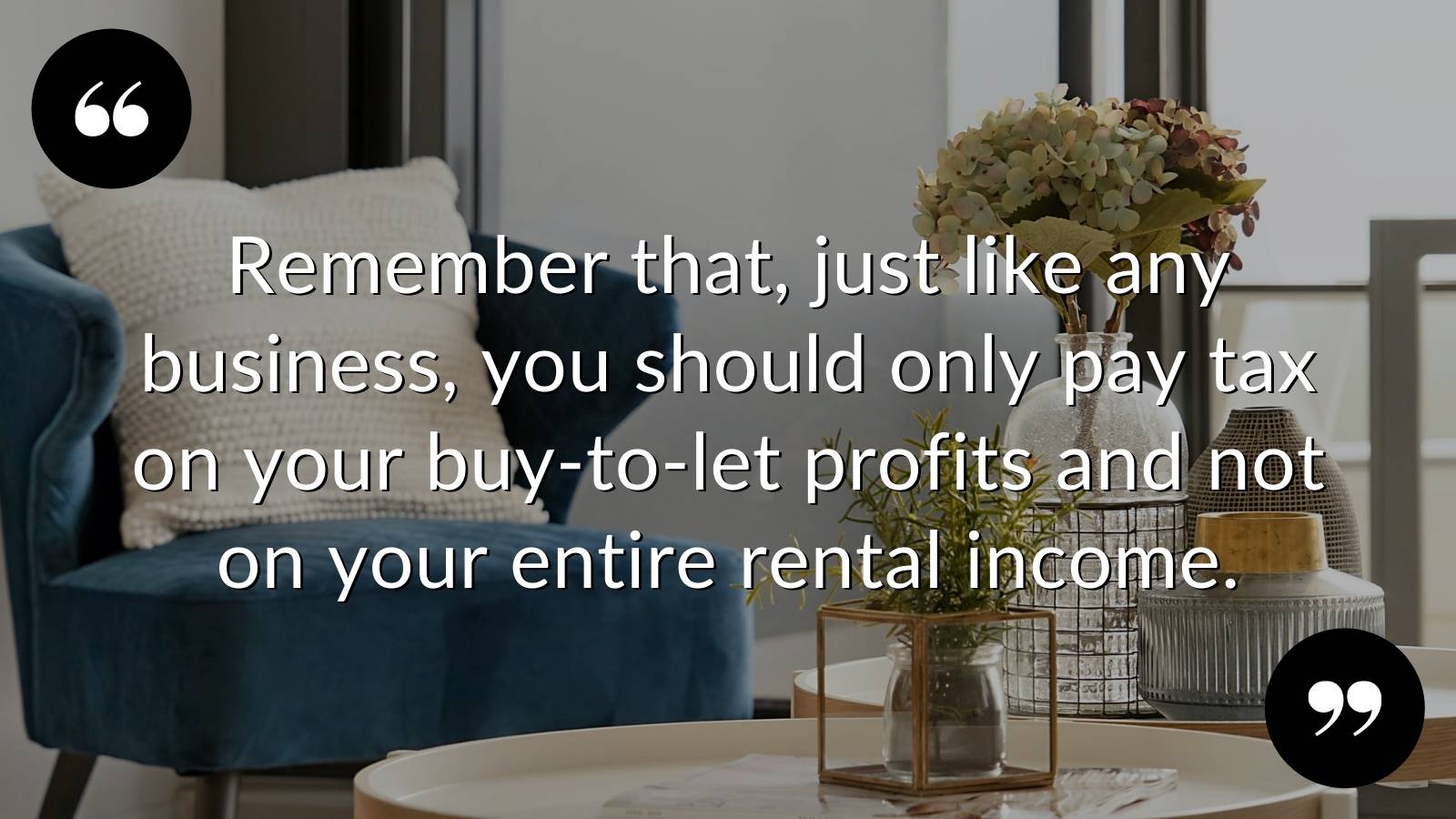
TAX EFFICIENCY
When we talk about buy-to-let finance, it's not all about borrowing and banks. How you pay tax on your rental portfolio will impact your business as much as your interest rate.
Tax is a complicated area, and a specialist tax advisor can help you identify where you can improve the tax efficiency of your portfolio and ensure you are claiming the correct allowances.
As well as the expenses you claim, the way you own a property can also affect the tax you pay. If you're married, it could be more efficient to transfer the title into your spouse's name to make use of personal tax allowances.
Owning a property as a company or individual can also affect your liabilities, particularly around capital gains tax and inheritance tax.
Remember that, just like any business, you should only pay tax on your profits, not your entire rental income.
Final words
Buy-to-let finance has many faces and can help you start and grow a truly successful lettings portfolio that fulfils all its potential.
If you own a rental property in Launceston, or you're thinking of becoming a landlord, call us on 01566 818180 or email lettings@athelstans.co.uk for some expert and friendly advice - our team is here to help.
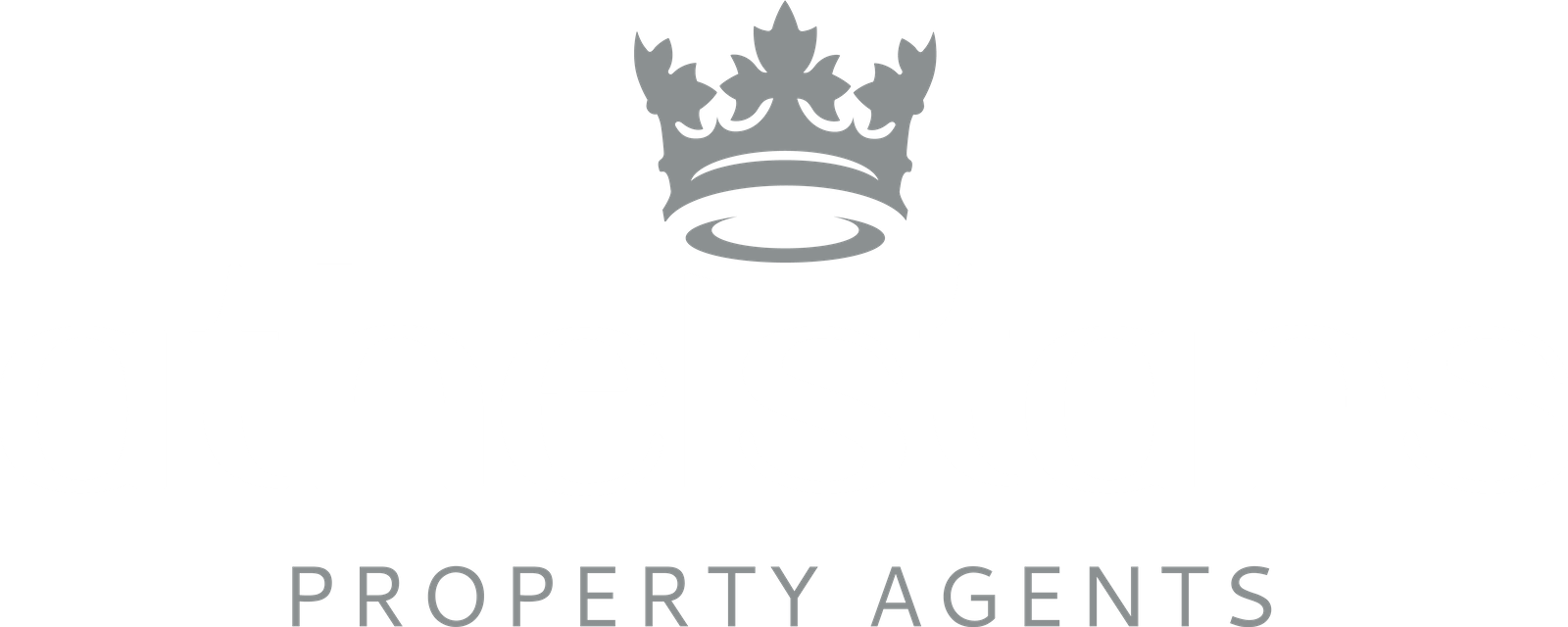


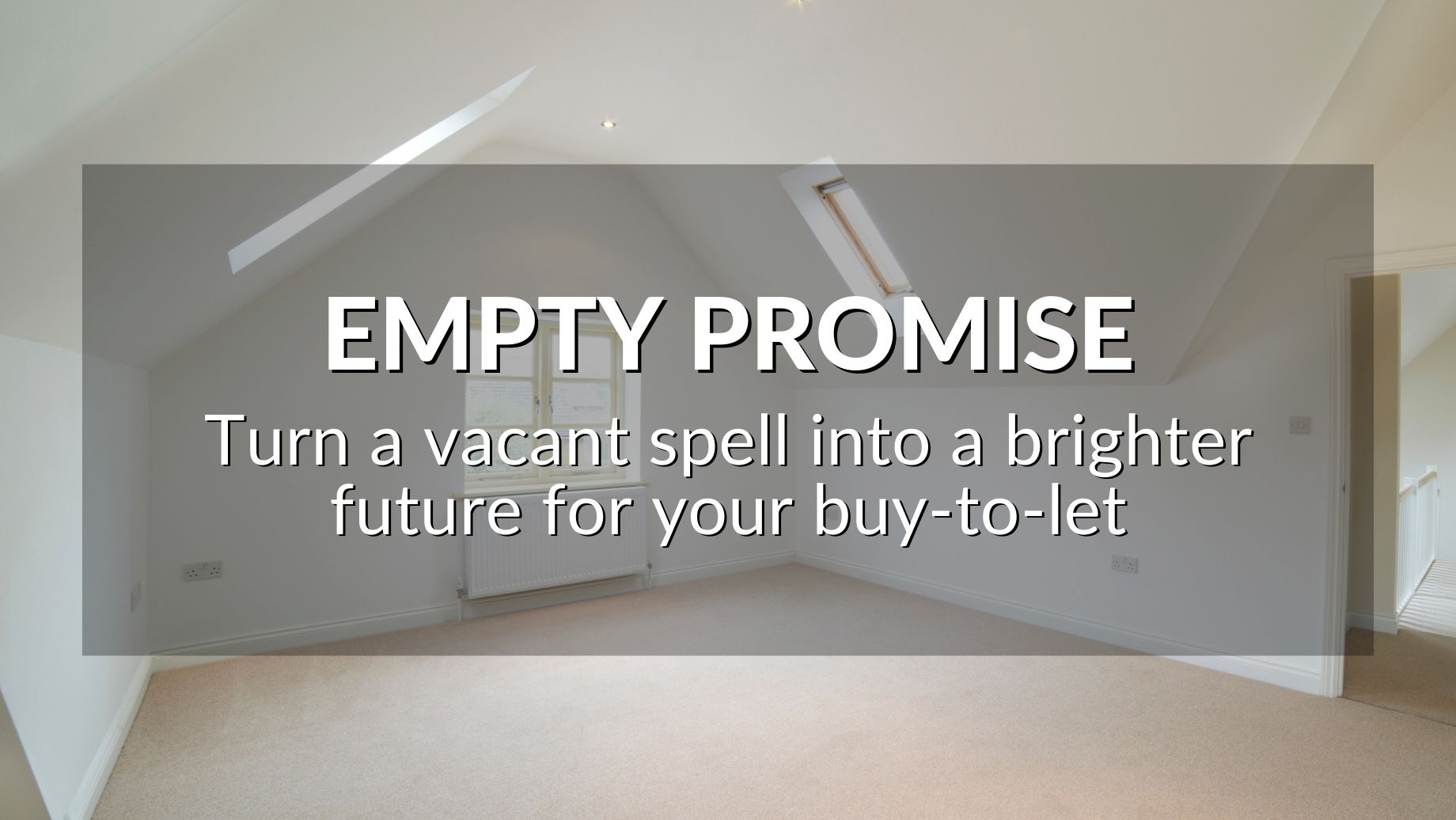


Share this with
Email
Facebook
Messenger
Twitter
Pinterest
LinkedIn
Copy this link